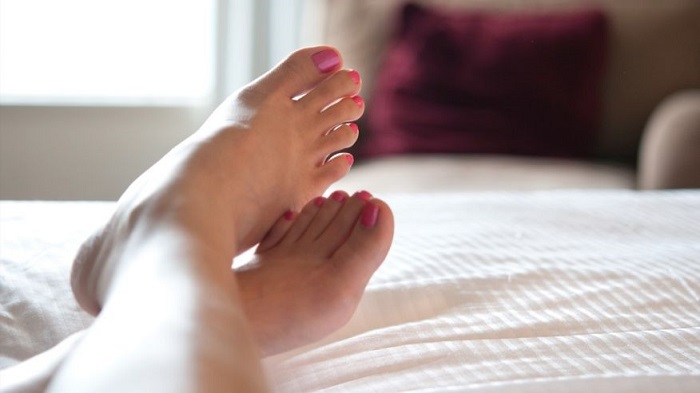Because knowledge is power, these are seven body parts you might not actually even need.
1. YOUR APPENDIX
"Traditionally, medicine assumed that the appendix served no purpose," says Sowa. That’s because after people have their appendix taken out, there’s no obvious impact. Charles Darwin hypothesized that our ancestors needed it to help digest a diet of grass. "It’s purpose, though, seems to have become less significant as modern medical care and sanitation has improved," says Sowa.
That being said, science now seems to think there is a purpose to the pointless ol’ appendix: Recent research from Duke Medical Center suggests it serves as a reservoir for good bacteria, which can help keep your digestive tract in check, says Sowa. (Though if you do have it removed after a bout of appendicitis, doctors say you`ll still be fine.)
2. YOUR TAILBONE
The tailbone—or coccyx—is composed of five vertebrae bound together by ligaments, says Paul Sereno, a professor of paleontology at the University of Chicago. "In a former life, deep in our primate ancestry, this was a useful tail," he says. But now? The stubby remnant doesn’t even project from the body—and serves only to get broken, he says.
3. YOUR WISDOM TEETH
Just about every late teen or early twenty-something has foggy memories of painful days post-wisdom teeth removal surgery. Ugh. So why do we need to have them out? In part, because they don’t fit in our jaws anymore. "Evolutionary, humans needed more teeth to support a diet of coarse food," says Sowa. "However, as our jaws have become smaller, and our diets more refined, these teeth have become redundant."
4. YOUR PINKY TOES
Human feet are pretty bad-ass. They’re able to transfer weight while walking or running toward the inside of your foot—between the big first toe and second toe, says Sereno. Your pinky toe really doesn’t do that much, though. "We would walk without notice without it," says Sereno. It used to be more useful: In early apes—and our more distant relatives—the big toe was more like a thumb, and the other toes could grasp, he says. (Um, cool?)
5. YOUR BODY HAIR
Once required for warmth, Sereno says we just don’t really need body hair anymore. That could be why hair removal is such a big thing: "When you don’t need something you have in a reduced form, like body hair, you often see people removing it entirely," he says. (Hello, European Wax Center!) Hair in our armpits and pubic areas used to be super important because it reduced friction between body parts and stopped odor (you know, to attract mates)—but with today’s advances in hygiene (deodorant, for one!), body hair just isn’t as crucial.
6. YOUR CHIN
Who knew a body part could be such a hot topic? It turns out there are endless debates when it comes to whether or not the chin has a purpose, says Dan Lieberman, Ph.D., a professor of human evolutionary biology at Harvard University. While it has no obvious function, it might simply be there because we like it—the result of sexual selection, he says. (Basically, chins are pretty dang sexy.) While some experts believe that the chin helps us control the forces our jaw produces when we chew, the Iowa Facial Growth Study (oh yes, this was a thing) determined that "chins are unlikely related to the need to dissipate stresses and strains."
7. YOUR EAR MUSCLES
Did you know you have intrisic (within) and extrinsic (outside) ear muscles? Yep. But you likely don’t use them. "I have managed through hard work to exercise the largest of the latter ear muscle and can move both of my ears a whopping 1.5 cm combined," says Sereno. As for the inner ear muscles, they’ve become so small they really can’t do what they used to, which was change the shape of your ear and redirect the ear toward sound, he says.
More about:
















































